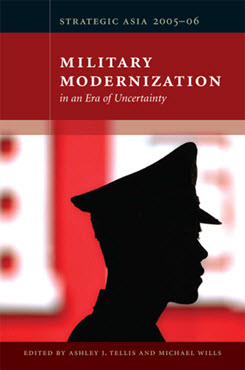Potemkin's Treadmill
Russian Military Modernization
This chapter examines military modernization in Russia and draws implications for Russia’s defense strategy in Asia.
EXECUTIVE SUMMARY
This chapter examines military modernization in Russia and draws implications for Russia’s defense strategy in Asia.
MAIN ARGUMENT
Despite rising defense outlays, the Russian military is still an archaic, dysfunctional, and inefficient organization. Russia is therefore unlikely to effect military modernization that is capable of fulfilling Moscow’s overly ambitious aims.
POLICY IMPLICATIONS
- Absent major governmental, economic, social, and defense reforms, Russian influence in Eurasia (including East Asia) will continue to wane, and demographic and health crises will interact with each other to generate more defense crises in the future.
- If major reform does not occur, Russia will lack effective allies and partners, be unable to compete against U.S. primacy in global affairs, and gradually cede its influence in Eurasia to a rising China.
- U.S. defense and security cooperation with Russia is possible only in selected and limited areas (e.g., peacekeeping). In order for defense and security cooperation to succeed over the long term, Washington must exert constant pressure on Moscow to democratize.
- Because there is no guarantee that Putin’s policies will survive his administration, Russia will likely move in a different direction after he leaves office—hence Moscow is still an unpredictable strategic partner.
Strategic Asia
The Strategic Asia annual edited volume incorporates assessments of economic, political, and military trends and focuses on the strategies that drive policy in the region. Learn more about Strategic Asia.


